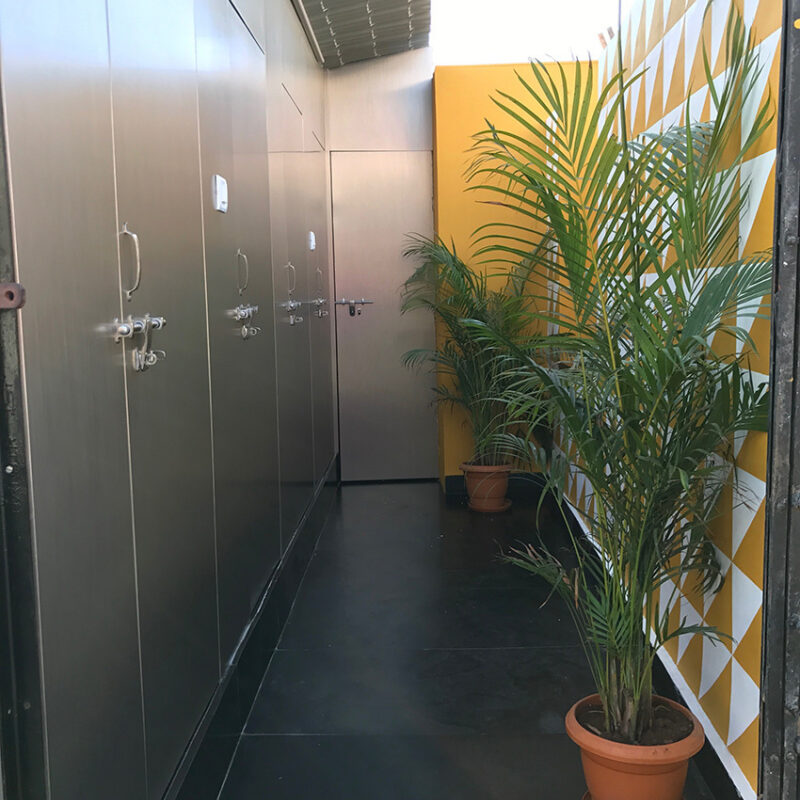
World Toilet Day - Leaving no one Behind
This year’s World Toilet Day campaign stresses that a toilet is not just a toilet. It’s a lifesaver, combating life-threatening deceases. It is a dignity-protector, allowing safety and privacy for all, particularly for at-risk girls and women. It is an opportunity-maker, by improving the health of the people, allowing them to attend school and to be more productive. How can anyone lift themselves out of poverty without sanitation? We must expand access to safe toilets and leave no one behind.
UN World Toilet Day has chosen “Leaving no one behind” as this year’s theme, reflecting the promise of the 2030 Agenda for Sustainable Development: to ensure availability and sustainable management of sanitation and water for all people by 2030 (Sustainable Development Goal number 6).
4.2 billion people live without safely managed sanitation today. With 2020 on our doorstep, the deadline set by the UN is fast approaching. Data suggests that achieving universal access to even basic sanitation service by 2030 would require doubling the current annual rate of progress. Faster progress is especially needed in the least advantaged segments of society.
Vacuum toilet in Mumbai slum settlement
In India, Jets® representative Samatech has installed the first ever vacuum toilet in a slum settlement.
Most of Mumbai’s slum toilets are not connected to the main sewage lines due to their lower lying geography and due to the narrow alleyways. As a result, the large amount of sewage generated in the slums of Mumbai go untreated directly into the oceans and has caused the Mumbai sea to become the most polluted ocean in the world.
The presence of harmful organisms in the water has reached an alarming level, resulting in a serious increase in water borne diseases.

Samatech introduced the vacuum slum toilet to address this problem. The 4-toilet project was completed 2017 and was successfully connected to the main sewer line. As vacuum systems are not dependent on gravity, it was possible to transport the sewage up to the sewage treatment plant despite the higher elevation and challenging layout of the settlement. This was the first time in the city that the sewage from a low-lying slum toilet was not directed into the sea, but to a sewage treatment plant.
This toilet saves large amount of water, prevents waste being led into the sea, protects the slum settlements from water borne diseases and, also, connects to the sewage treatment plant.
By using large amounts of air to transport away the waste, the vacuum toilet also contains the air-borne pathogens, further aiding in improving hygiene. Recent research has shown that conventional flush toilets spread large amounts of air borne bacteria, such as ecoli, when flushed. Vacuum toilets, on the other hand, do not spread these harmful pathogens at all.
Using mainly air to flush the toilet also means a drastic reduction in water consumption. The minimal water usage saves up to 90% compared to a conventional gravity flush toilet.
A worthwhile investment
Akshat Gupta, the founder of Samatech that ideated this toilet project, says, “Though the toilet uses minimum electricity, the cost of construction is a major factor. But this toilet saves large amount of water, prevents waste being led into the sea, protects the slum settlements from water borne diseases and, also, connects to the sewage treatment plant. Considering these factors this technology should be adopted in other areas too.”
The Brihanmumbai Municipal Corporation (BMC) will maintain the toilets along with a community-based organisation.
- 4.2 billion people live without safely managed sanitation – more than half the global population.
- 673 million people still practise open defecation worldwide.
- Globally, at least 2 billion people use a drinking water source contaminated with faeces.
- Inadequate sanitation is estimated to cause 432,000 diarrhoeal deaths every year and is a major factor in diseases such as intestinal worms and trachoma.
- Children under the age of five living in countries affected by protracted conflict are, on average, nearly 20 times more likely to die from diarrhoeal diseases caused by a lack of safe water, sanitation and hygiene than by direct violence. (UNICEF 2019)